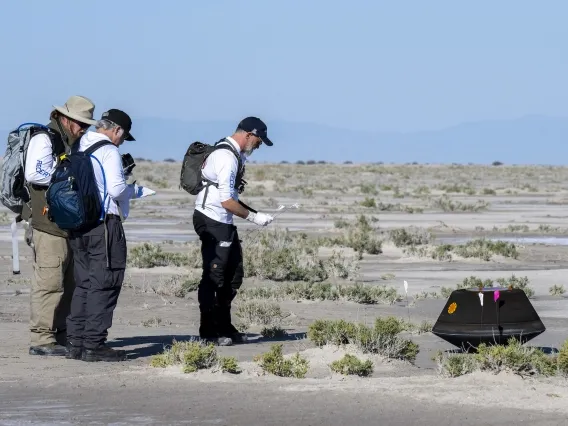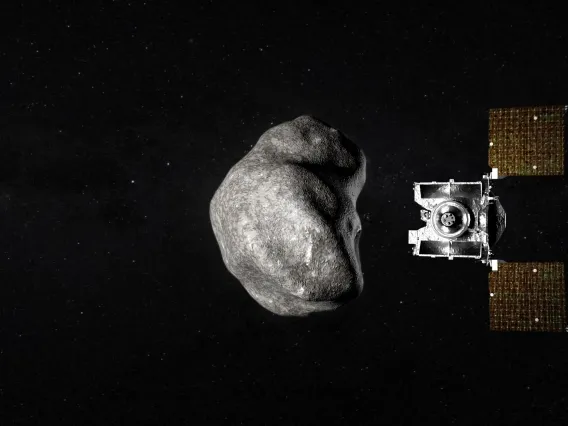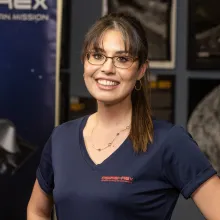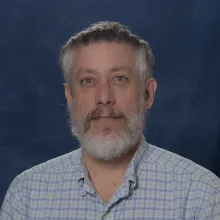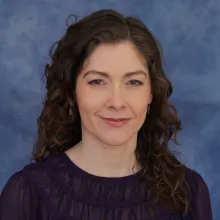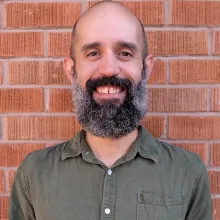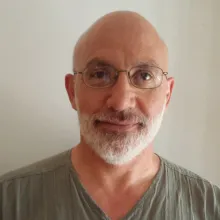
OSIRIS-APEX
After making history as the first U.S. mission to bring a piece of an asteroid back to Earth, the OSIRIS-REx mission has transitioned to OSIRIS-APEX. The spacecraft is now scheduled to rendezvous with a stony asteroid called Apophis, which is thought to be very different from the OSIRIS-REx target Bennu. Scientists hope to further enrich our understanding of the solar system and potentially hazardous asteroids.
Mission Overview
On Sept. 24, 2023, the OSIRIS-REx spacecraft swung by Earth to deliver a sample from the near-Earth asteroid Bennu. Now, the spacecraft is flying under a new name – OSIRIS-APEX, short for OSIRIS-APophis EXplorer. NASA extended the University of Arizona-led mission so that scientists can study the near-Earth asteroid Apophis for 18 months after the asteroid's close approach to Earth on April 13, 2029.
Having already investigated Bennu – a carbon-rich asteroid – the spacecraft will now provide first-of-its-kind high-resolution data of a different class of near-Earth object – a stony asteroid. The spacecraft made its first maneuver toward Apophis when it diverted from the Earth immediately after delivering the Bennu sample.
Following sample delivery, the original mission team split in two. Half of the team remained on OSIRIS-REx to analyze the Bennu sample, while the others transitioned to the OSIRIS-APEX mission. Dani DellaGiustina, a University of Arizona planetary sciences assistant professor and OSIRIS-REx deputy principal investigator, is now principal investigator of OSIRIS-APEX.
News About the Mission
Experts
Media Contacts



